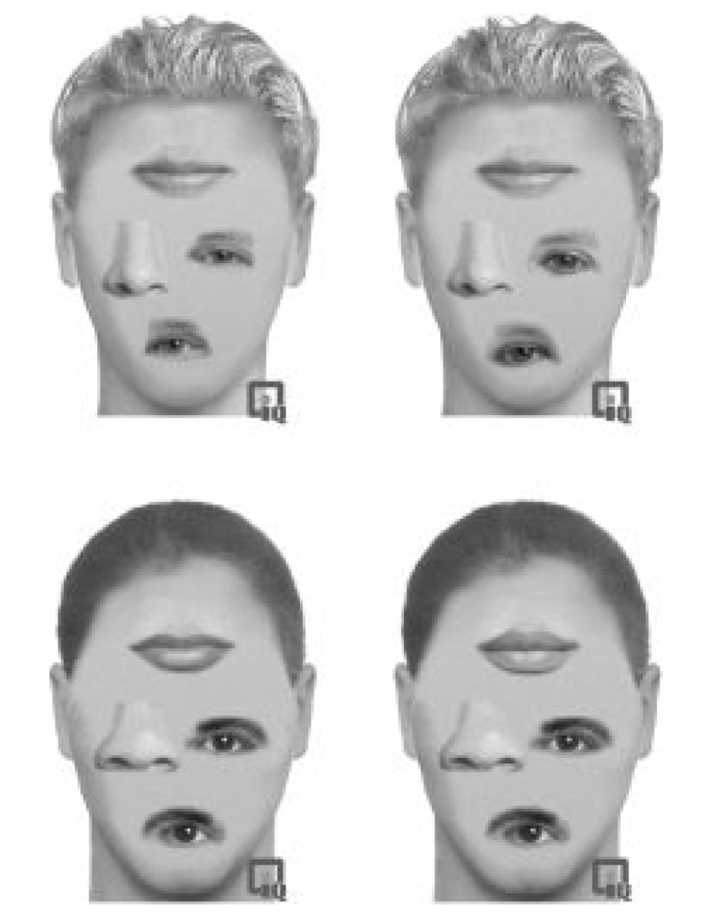Does Stanley Hudson, from The Office (US), sport a moustache?
In an opener from the now-classic NBC sitcom, The Office (US), Dunder Mifflin staff members debate over whether their colleague has a moustache.
The episode starts with the announcement that Stanley Hudson, a Black employee, is returning from his recent tonsillectomy, and his colleagues get him a card to commemorate him. The card reads, “Glad they didn’t mix up your tonsillectomy with a mustachectomy!”
Jim Halpert, a White colleague, has issues with the card – he doesn’t think Stanley has a moustache. He polls the office and they’re split on the matter. Pam, the office artist, even creates two drawings to give her colleagues a visual of Stanley with and without a mustache.
A few moments later, Stanley enters the office sporting the moustache he’s had for years.
Why did Stanley’s colleagues have such a hard time remembering one of his most prominent facial features? The answer may have to do with his race. That is, people often have a hard time discriminating or recognizing faces of people from racial or ethnic groups that differ from their own (relative to faces from their own race or ethnicity), termed the other-race effect.

But why does the other-race effect occur? One proposed explanation suggests that the primary mechanism associated with face perception – holistic processing – or the tendency to perceptually integrate different facial features into a unitary whole – is used less extensively for other-race faces. Paulo Ventura and colleagues (pictured above) investigated this explanation in a recent article published in the Psychonomic Society journal, Attention, Perception, & Psychophysics.

To do so, the researchers adopted a change blindness procedure used in prior research on face perception. First, the researchers developed a set of African and Caucasian faces, then created variations of these images by changing one feature at a time (i.e., the hair, nose, eyes, mouth, or chin; see images above).
Participants – all of whom identified as Caucasian – completed both a change detection and change localization task, with the race of the faces (i.e., African or Caucasian) randomly intermixed. In both tasks, participants were briefly presented with an original image, a blank screen, and then a test image, followed by an instruction screen that varied by task. For the change detection task, participants answered a yes/no question regarding whether a change occurred in the face they were originally presented. On a random half of the trials, a change occurred between the original image and test image, and for the other half of the trials, no change occurred between the two images. For the change localization task, participants identified what change they believed had occurred between the two images (i.e., which feature was modified).
If holistic processing is weaker for other-race faces as compared to own-race faces, then change detection should be better for the Caucasian faces. But such holistic processing may come at a cost – holistic processing may reduce the ability to localize change in the features of the face.

Results (shown above) were consistent with the holistic perspective of the other-race effect. Specifically, after correcting for chance performance, the authors found that accuracy was higher for change detection than change localization for Caucasian faces, but no difference in accuracy was found for the two tasks for African faces.

In a follow-up study, the researchers again investigated change detection and change localization performance for Caucasian and African faces, except this time they presented scrambled facial features (see figure above). The idea was that because the features are not presented in a familiar configuration, the faces should not be processed holistically. Consistent with this idea, the authors found that accuracy was higher for change detection than change localization for both scrambled Caucasian faces and scrambled African faces.
Finally, the researchers investigated whether the amount, quality, or timing of contact with certain racial groups influences the other-race effect (termed the contact hypothesis). Participants were asked to estimate the percentage of their friends, classmates, and neighbors who were Caucasian or African during early childhood, middle childhood, and young adulthood. The researchers found a positive relationship between change detection performance for African faces and contact during early childhood, but no such relationship was found for change localization performance.
According to Ventura, “People who have contact with other-race individuals before 12 years of age process other-race faces the same way they do own-race faces, independently of the quality of this contact. Thus, there appears to exist a critical period in which people can learn to process other-race faces akin to how they process same-race faces.”
Featured Psychonomic Society article
Ventura, P., Guerreiro, J. C., Pereira, A., Delgado, J., Rosário, V., Farinha-Fernandes, A., … & Wong, A. C. N. (2022). Change detection vs. change localization for own-race and other-race faces. Attention, Perception, & Psychophysics, 1-11. https://doi.org/10.3758/s13414-022-02448-9
